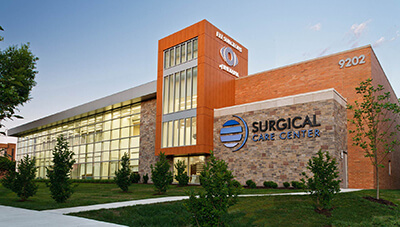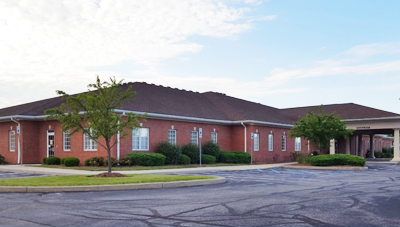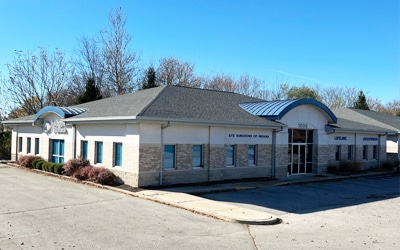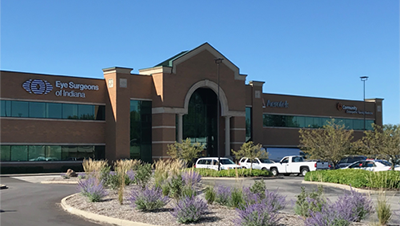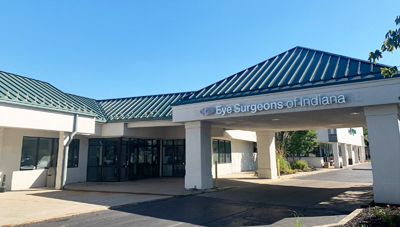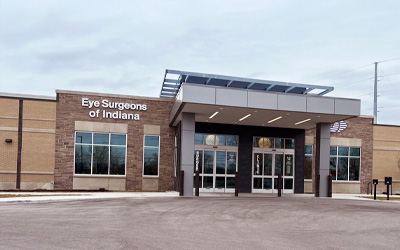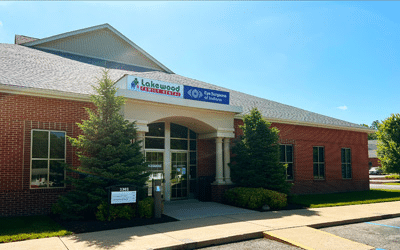What Are the Alternatives to LASIK?
Posted by: Eye Surgeons of Indiana in LASIK, PRK

Refractive surgery can significantly reduce your dependence on glasses and contact lenses. LASIK is the most common refractive procedure, but not everyone is a good candidate for the procedure. The good news is that there are many different procedures that can help you see clearer. .
When considering refractive surgery, it is important to thoroughly discuss your options with your doctor to determine which procedure provides the best balance of safety and results for your individual eyes. Keep reading to learn about the alternatives to LASIK!
What is LASIK?

LASIK stands for laser-assisted in situ keratomileusis and is a popular refractive surgery used to correct vision and reduce dependence on glasses or contact lenses. During the procedure, a laser is used to reshape the cornea, the clear outer layer of the front of the eye, in order to improve vision.
LASIK is considered to be safe and effective when proper candidacy and surgical protocols are followed. Though the procedure itself only takes around ten to fifteen minutes, an in-depth preoperative examination is conducted to ensure each person is suitable for LASIK.
This includes detailed measurements of corneal thickness and prescription, as well as evaluation of your ocular surface health and overall eye health. After the procedure, many patients notice rapid improvement in vision within the first day.
As one of the most common elective surgeries, LASIK remains highly popular for suitable candidates who desire freedom from glasses and contact lenses.
What Happens During LASIK?
The LASIK procedure begins with the surgeon administering anesthetic eye drops to numb the surface of the eye. First, the LASIK surgeon will create a thin, hinged flap on the outer corneal layer.
The flap is gently lifted, exposing the inner corneal tissue. Next, the laser is positioned and programmed based on the patient’s pre-recorded measurements.
The laser emits light pulses that sculpt and reshape the interior corneal layer to correct refractive errors that cause blurry vision. After the brief laser treatment, the corneal flap is repositioned back into its original state, covering the treated area to allow for healing.
What if LASIK is Not Right For Me?
While LASIK is an excellent choice for many people, there are cases when it’s not the best option. In order to get LASIK, you must first visit your doctor for a LASIK consultation.
During this appointment, your doctor will thoroughly evaluate your eyes and vision goals to determine if you are a good candidate for the procedure. You may not be a candidate if you have an unstable prescription, thin corneas, dry eyes, or certain eye conditions.
If your doctor determines that you are not a good candidate for LASIK, they may recommend an alternative procedure. There are many other refractive procedures that can allow you to have greater visual freedom.

PRK
Photorefractive keratectomy, also called PRK, is very similar to LASIK but does not involve the creation of a corneal flap. Instead, the surface epithelium is removed so the laser can reshape the underlying corneal tissue.
Vision recovery takes longer with PRK than with LASIK, and it may take several weeks to fully stabilize. However, PRK may be a safer alternative to LASIK depending on the measurements obtained at the consultation.
EVO ICL
EVO ICL, also known as Implantable Collamer Lens, is a procuedure that involves placing a lens in the eye to correct refractive errors. This quick painless procedure takes less than thirty minutes
Because it adds a lens rather than reshaping the eye itself, EVO ICL preserves corneal tissue and -and works in harmony with the eye. Vision recovery is quick with most patients returning to normal activities the day after the procedure.
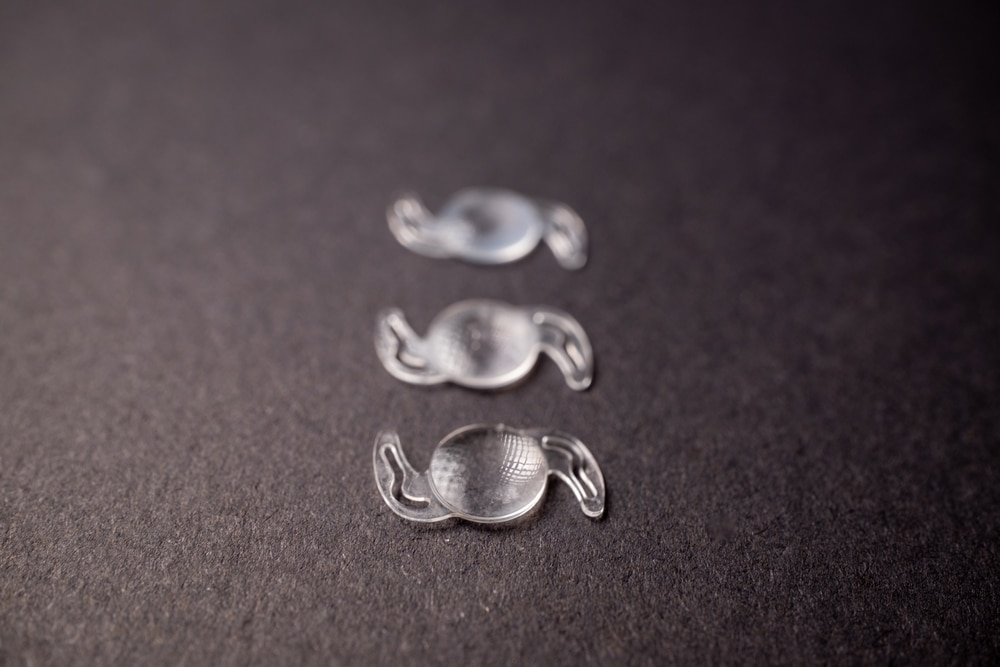
Refractive Lens Exchange
Refractive lens exchange, also called RLE, is an excellent option for middle-aged and older patients who are experiencing age-related farsightedness or those who desire greater visual freedom. During this procedure, the eye’s natural lens is replaced with an artificial intraocular lens (IOL) to restore clear vision.
Multifocal IOLs
Mulitfocal IOLs can allow you to have a full range of vision, reducing dependence on glasses. With the natural lens removed, future cataract development is no longer a concern.
Discuss Your Options With Your Doctor
When considering vision correction, have an open discussion with your doctor about all options beyond glasses and contacts. They will conduct measurements and evaluations tailored to your eyes to determine if you’re a candidate for refractive procedures like LASIK.
Don’t hesitate to ask questions about expected results, limitations, risks, and lifestyle factors for each method. Every eye and patient is unique, so understanding all the pros and cons allows you to make the most informed decision. At Eye Surgeons of Indiana LASIK Center, we will help guide you to the procedure that is not only the safest but the one that will best help attain your visual goals.
Are you interested in learning more about the alternatives to LASIK? Schedule an appointment at Eye Surgeons of Indiana LASIK Center in Indianapolis, IN, today!

